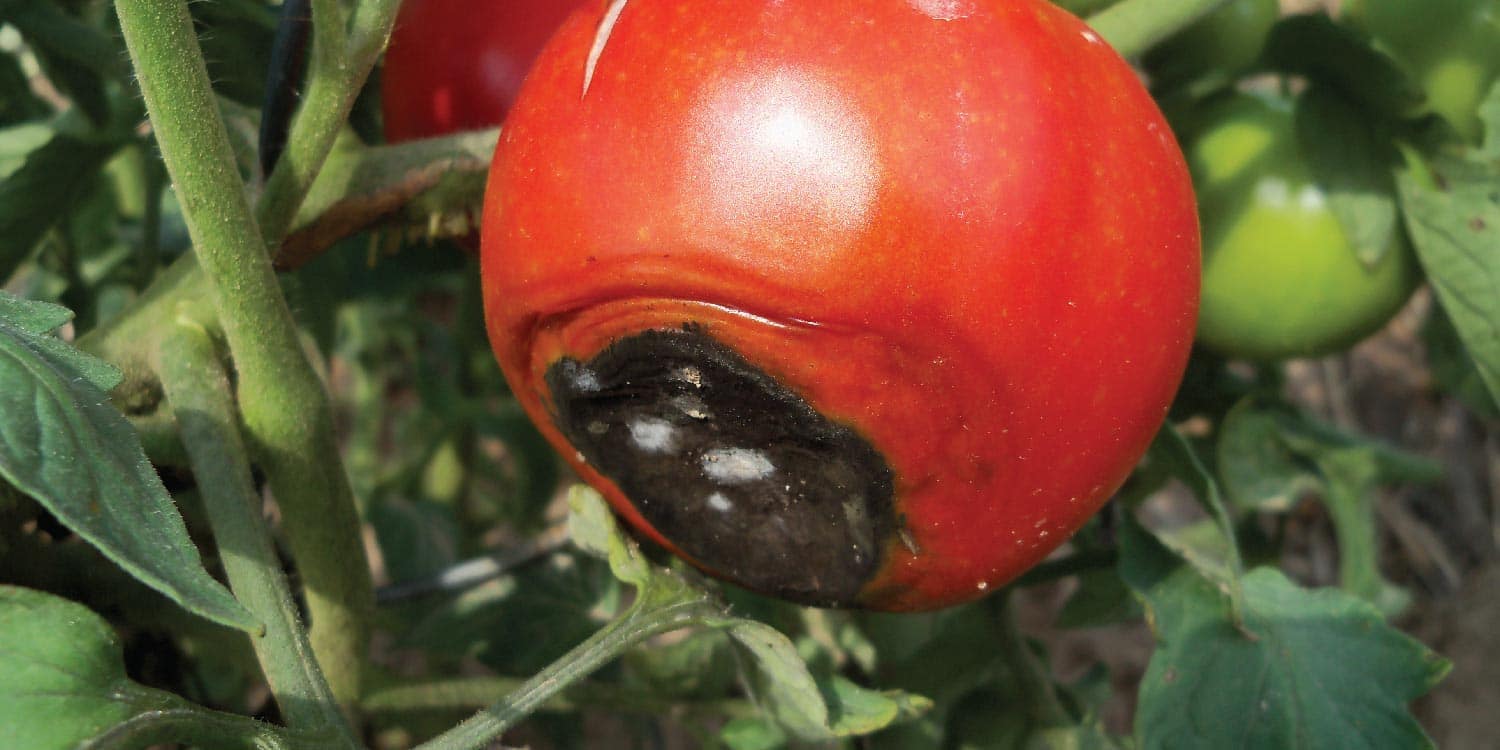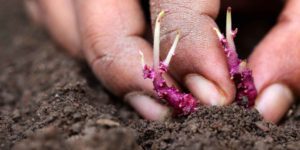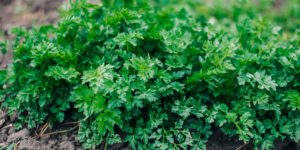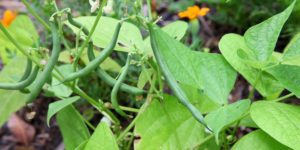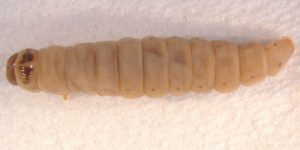Blossom end rot is a physiological disorder, common in plants of Solanaceae (e.g. tomatoes), Cucurbitaceae (e.g. watermelons) and Malvaceae (e.g. okra) family among others. BER is caused by adverse growing conditions rather than a pest or disease. It does not spread from plant to plant in the field, nor from fruit to fruit in transit. Since it is of a physiological nature, fungicides and insecticides are useless as control measures.[vc_single_image image=”955″ img_size=”full” add_caption=”yes” alignment=”center” style=”vc_box_outline” border_color=”green”]Symptoms
BER shows as a circular patch, varying in color from greenish brown to black, at the end of the fruit that had the flower (the end furthest from the plant). As this patch increases in size it becomes sunken so that the fruit has a flattened appearance at the affected end. It may occur at any stage in the development of the fruit, but most commonly, are first seen when the fruit is one-third to one-half full size.
Cause
BER is caused by lack of calcium in the fruits. Calcium deficiency reduces growth of new cells. The deficiency also reduces cell membrane permeability and this leads to swelling of the cells followed by leakage and destruction of the membrane structure.[vc_single_image image=”963″ img_size=”full” add_caption=”yes” alignment=”center” style=”vc_box_outline” border_color=”green”]Occurrence.
The occurrence of the disorder is dependent upon a number of environmental conditions from uneven watering, rapid plant growth, especially if given an overabundance of nitrogen early on, as well as fast climbing temperatures. This causes the factors that influence the uptake of water and calcium by the plant have an effect on the incidence and severity of blossom end rot. Another common predisposing factor is cultivating too close to the plant; this practice destroys valuable roots, which take up water and minerals.
Control
BER cause huge loses in fruit yield and quality as a result of internal fruit decay. There is nothing you can do to save fruits once they have BER but you can prevent subsequent fruits from being affected by:
- Avoiding moisture stress.
Maintaining adequate supplies of moisture and calcium to the developing fruits. During hot periods watering two or more times a day is recommend. It is better to water twice a day than once with a double volume.
- Mulching. Mulching of the soil is often helpful in maintaining adequate supplies of soil water in times of moisture stress.
- Avoiding over fertilization.
Too much nitrogen during early fruiting, especially with nitrogen sourced from ammonia, ties up calcium in the soil.
- Keep the soil PH at 6.0-6.8. This PH ensures more calcium in the soil chemistry. This can be achieved by performing a soil test. Test results will indicate how to correct the soil.
- When cultivation is necessary, it should not be too near the plants nor too deep, this helps valuable feeder roots remain uninjured and viable.
- Application of calcium rich foliar sprays.
[vc_single_image image=”967″ img_size=”full” add_caption=”yes” alignment=”center” style=”vc_box_outline” border_color=”green”]As Greenlife Crop Protection Africa Limited, we have FERRARI GOLD. It is a liquid soluble calcium fertilizer enriched with macro and micro-elements for enhancing and strengthening plant cell wall and correcting nutrient deficiencies. Its application should commence when the first bloom appear. The rate of use is 50 ml per 20 L.
With FERRARI GOLD you are sure of quality fruits and high yields.
Farm with Greenlife, learn with Greenlife, Grow with Greenlife.
Your growth, Our growth.
